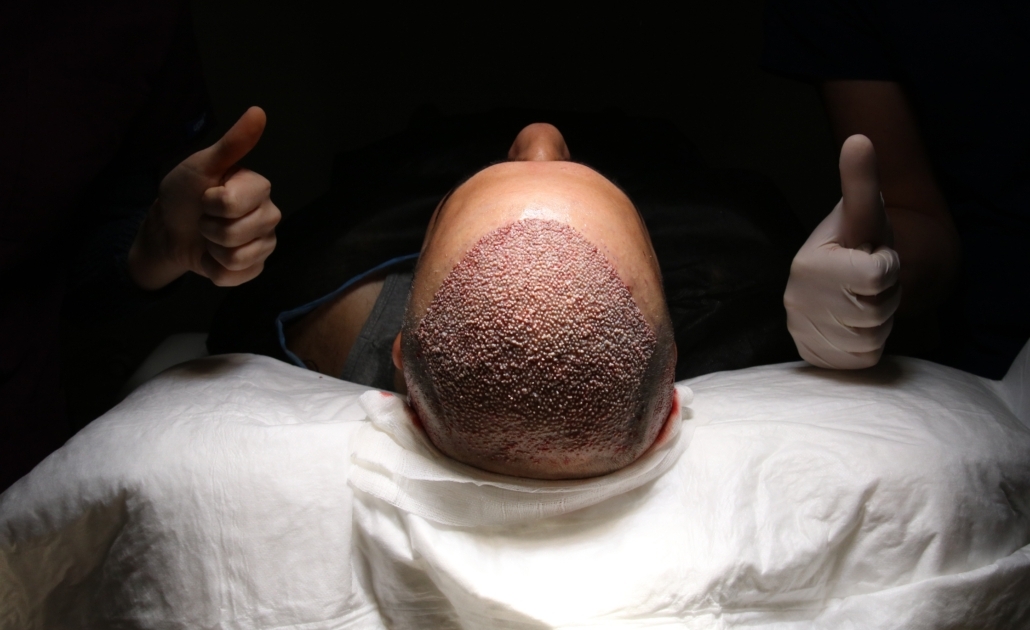July 24th, 2022
Treat Pattern Baldness with Same-Day Stem Cell Therapy
The medical term for pattern baldness is androgenetic alopecia, and it involves the thinning of the hair, a receding hairline, or an isolated bald spot on the top of the head. Currently the most common type of hair loss, pattern baldness can cause people a great deal of mental stress.
Unfortunately, this often-premature type of hair loss affects around four people out of every five by the time they reach the age of 70. And it’s not just men who experience androgenetic alopecia—lots of women suffer from the condition, too. While it’s not life threatening, pattern baldness causes or exacerbates a range of mental health conditions, including depression and anxiety.
Despite the prevalence of androgenetic alopecia, the few treatments that are available deliver limited and erratic results. The main prescription medications for the condition in men are minoxidil and finasteride. Minoxidil is designed for direct application to the scalp, while finasteride is a type of oral medication.
While both medications deliver results, they’re usually modest—and any positive changes are often reversed when the patient stops taking or using them. Other potential treatments for androgenetic alopecia include light therapy, surgery, platelet-rich plasma therapy and a medication called dutasteride.
Minoxidil is also prescribed for women, with limited success. If the drug fails to trigger hair growth, women may be offered other treatments such as flutamide, cyproterone acetate and spironolactone. But despite many years of research into hair loss, all of these medications suffer from a lack of efficacy and reliability. As a result, the vast majority of sufferers must learn to live with the issue or hide their baldness with concealers and wigs.

Could Stem Cell Therapy Be the Answer for Pattern Baldness?
Thankfully, there is now new hope for people living with the strain caused by androgenetic alopecia. People with this condition don’t lose hair follicles—but they do lose the progenitor cells that inspire new hair growth. By replacing those cells with stem cells taken from elsewhere in the patient’s body, it’s now possible to trigger the reactivation of follicles.
A study into the use of stem cells for hair loss centered on a group of 11 subjects with early-stage pattern baldness. Fat tissue was harvested from each patient and placed in a centrifuge in order to break it down into its component parts. The clear liquid that was separated during this process is packed with millions of stem cells. These mesenchymal and hematopoietic stem cells combined with PRP were injected back into the patients’ scalps. Some of the subjects were given a placebo as a control.
The results exceeded the research team’s expectations. On average, the patients injected with their own stem cells developed a 28% increase in hair volume over those given the placebo. Moreover, the team discovered that there were significantly more stem cells around the hair follicles in areas of baldness.
The research team had shown that the use of stem cells can help to trigger hair regrowth in people with androgenetic alopecia. Of course, the scale of this study was limited, and much larger test groups are needed in order to verify this conclusion. But from the limited evidence we have, the results are clear: people with pattern baldness may experience hair regrowth after undergoing autologous stem cell treatment.
Reference: Gentile P. et al. (2017). Stem cells from human hair follicles: first mechanical isolation for immediate autologous clinical use in androgenetic alopecia and hair loss.
Book Your Consultation
Ask a question


